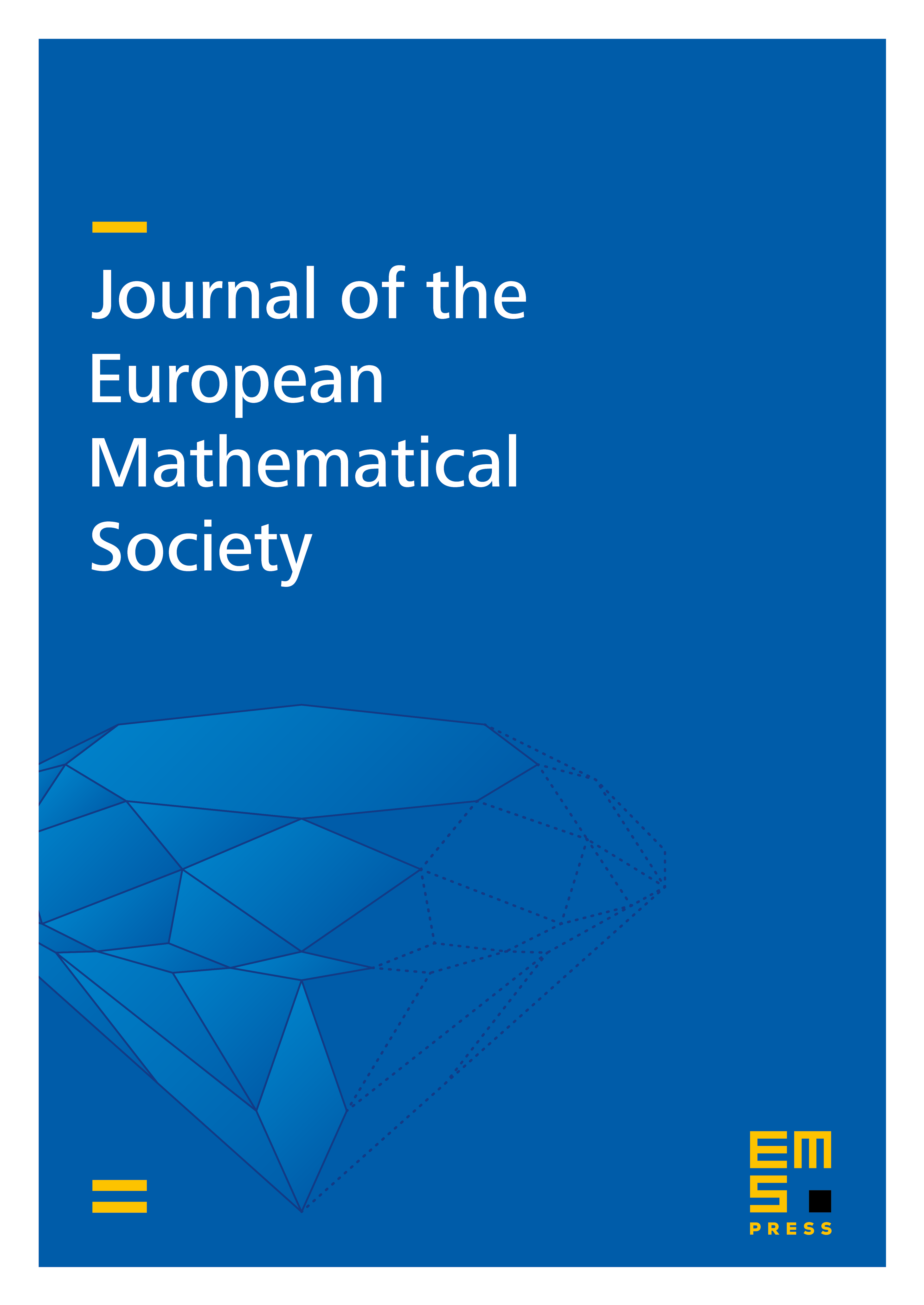Lagrangian chaos and scalar advection in stochastic fluid mechanics
Jacob Bedrossian
University of Maryland, College Park, USAAlex Blumenthal
University of Maryland, College Park, USASam Punshon-Smith
Brown University, Providence, USA

Abstract
We study the Lagrangian flow associated to velocity fields arising from various models of stochastic fluid mechanics. We prove that in many circumstances, these flows are chaotic, that is, the top Lyapunov exponent is strictly positive (almost surely, all particle trajectories are simultaneously exponentially sensitive with respect to initial conditions). Our main results are for the Navier–Stokes equations on and the hyper-viscous regularized Navier–Stokes equations on (at arbitrary fixed Reynolds number and hyper-viscosity parameters), subject to white-in-time, -in-space stochastic forcing which is nondegenerate at high frequencies. Using these results, we further make a mathematically rigorous study of “passive scalar turbulence”. To this end, we study statistically stationary solutions to the passive scalar advection-diffusion advected by one of these velocity fields and subjected to a white-in-time random source. We show that the chaotic behavior of Lagrangian dynamics implies a type of anomalous dissipation in the limit of vanishing diffusivity, which in turn, implies Yaglom’s law of scalar turbulence – the universal scaling law analogous to the Kolmogorov 4/5 law. Key features of our study are the use of tools from ergodic theory and random dynamical systems in infinite dimensions, namely the Multiplicative Ergodic Theorem and a version of Furstenberg’s Criterion, combined with hypoellipticity via Malliavin calculus and approximate control arguments.
Cite this article
Jacob Bedrossian, Alex Blumenthal, Sam Punshon-Smith, Lagrangian chaos and scalar advection in stochastic fluid mechanics. J. Eur. Math. Soc. 24 (2022), no. 6, pp. 1893–1990
DOI 10.4171/JEMS/1140